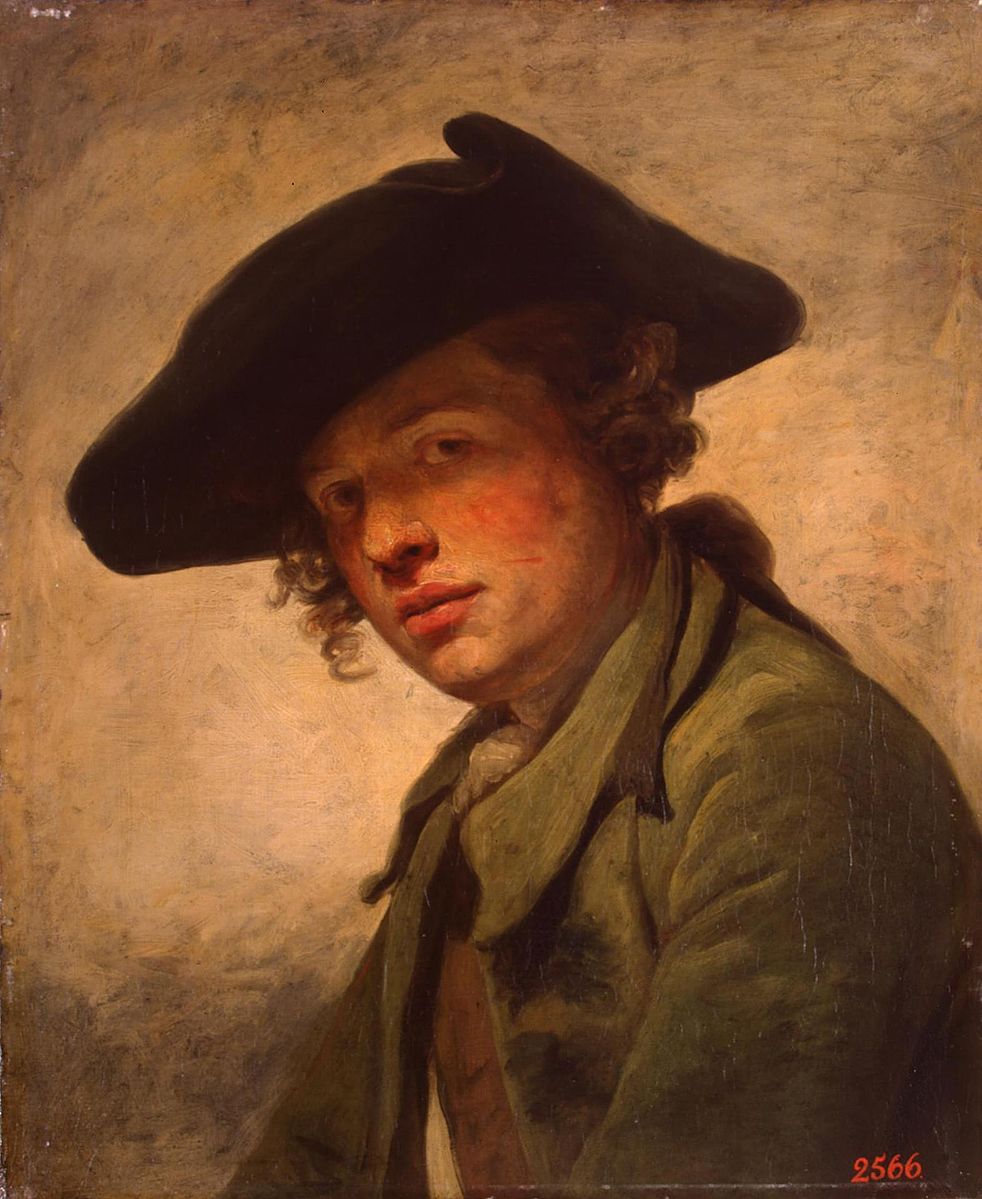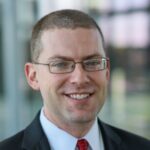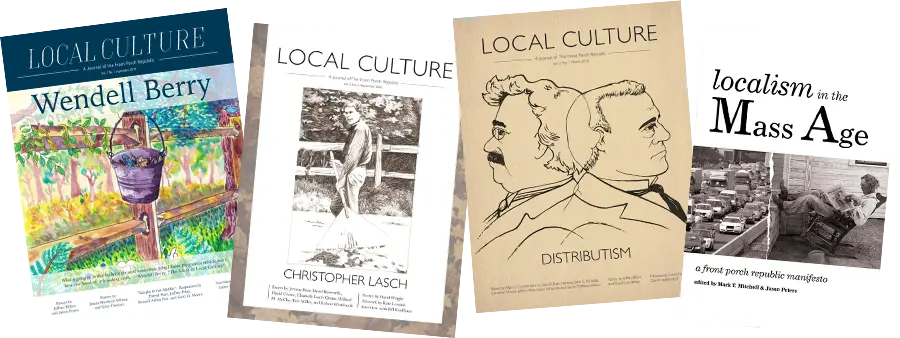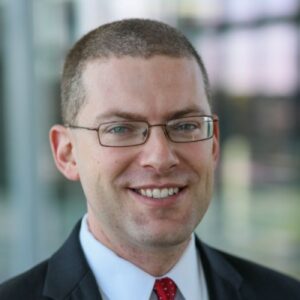In August 1963, my father was nearly killed when a truck he was driving tumbled down a mountainside outside of Coroico, Bolivia. The roads around Coroico—built by Paraguayan prisons of war in the 1930s and often scarcely wide enough for a single vehicle—were long among the world’s most dangerous, even under favorable conditions. On that afternoon in 1963, it had been raining for days. According to a report of the incident made by my father’s colleagues, with the ancient truck’s brakes failing, he swerved to avoid a ditch and came too close to the road’s edge. The truck flipped several times before coming to rest against a clump of trees that prevented it from somersaulting all the way down the mountain. Somewhat miraculously, my father emerged from the wreckage covered in blood from a gash on his head, but with no more serious injuries. Two days later, a work crew comprised of 75 local men spent nine hours salvaging what was left of the truck from the mountainside.
At the time of the accident, my father had been in Bolivia for almost exactly one year. He arrived with three other men as part of the Xaverian Brothers’ first mission to South America. In Coroico, they were to found a center to train Bolivian teachers. A local newspaper account of the Brothers’ arrival described my father as “El Hermano Christian, nacido en Boston, de ascendencia irlandesa y de notable parecido con John F. Kennedy”—Brother Christian, born in Boston, of Irish ancestry and of striking resemblance to John F. Kennedy. A comparison of pictures from the period suggests that to at least some Bolivian newspapermen, all Irish-Americans look alike. Still, the reference to JFK feels appropriate. Later in life, my father would cite the newly elected President’s youthful idealism as having spurred him on to embark upon the Bolivian mission. Since joining the Xaverians out of high school in 1949, he had been educated at Catholic University in Washington D.C. and taught at schools in Bangor, Maine and Bardstown, Kentucky. I like to think that my father, anticipating Kennedy, left the United States to go to Bolivia not because it was easy, but because it was hard.
My father would ultimately serve for four years in Bolivia. Records suggest that his time there was a success. He was an effective teacher. He learned the language quickly. As Procurator for his fellow Xaverians, he was adept at finding needed supplies on the black market.
Returning stateside after his Bolivian rotation was over, my father settled into a religious life devoted to education, the charism of the Xaverians. This involved obtaining a graduate degree from Wesleyan, along with stints teaching at Xaverian high schools in Connecticut and Brooklyn. Once again, records indicate that he served with distinction.
By the late 1970s, however, my father had begun questioning his vocation. The exact reasons for this remain unknown to me. While he often shared fond memories from his tenure with the Xaverians, my father was less forthcoming about how and why that tenure came to an end. And by the time I had shed enough of my youthful self-absorption to think to ask, it seemed like something I should already know.
Whatever the reasons, by 1980 my father had received a secularization indult allowing him to leave the Xaverian Brothers. He was soon living with my mother (a former nun from the School Sisters of St. Francis) in Chicago and looking for work. In his late forties at a time when mandatory retirement ages were still widespread and with a decidedly non-traditional resume, my father applied to dozens of openings to no avail. Finally, someone at Time magazine cut him a break and gave him a low-level job answering phones alongside a group of recent high school graduates. In my mother’s telling, if my father felt sorry for himself, he never showed it. Instead, he put his head down and went to work. And in 1982, he completed the transition to his new life by becoming a father just shy of his fiftieth birthday.
But this new life would not be as wholly dissimilar from the old life as one might reasonably have assumed. It turns out that while you can take the man out of the Xaverians, it is more difficult to take the Xaverian out of the man. Long before I became aware of Pedro Arrupe’s legendary speech on the purpose of a Jesuit education, I knew intuitively what it meant to be a man for others. I was raised by one. In countless small ways throughout each day, my father continued to give himself in service to those around him. As a husband and father. As a friend. As a colleague and mentor as he ascended the ranks at Time, where he retired in his late seventies as a senior executive. Fittingly, he had spent his entire corporate career in the customer service department.
My father’s concern for others above himself persisted until his final hours. One of his last acts as he lay dying in an ICU was to encourage my brother and me to get some lunch from the hospital cafeteria. This despite the fact that he had been unable to eat any solid food himself for days. At his memorial service later that week, a steady stream of mourners cornered me to describe just how much my father had meant to them. People he hadn’t worked with in nearly a decade tearfully recounted times when he had given them a needed boost.
How do men like my father get made? This is a question I find myself asking with each additional piece of evidence confirming the existence of a crisis that is afflicting American men. Metric after metric shows the perilous state we are in. Men in the U.S. have been withdrawing from education and the workforce in increasing numbers. We are more likely than our female counterparts to continue living with our parents into adulthood. As compared with female peers, we are less likely to have close friends from whom we receive emotional support. Perhaps not surprisingly then, we are more susceptible to “deaths of despair.” Men account for over 70% of opioid overdose deaths in America and are about four times more likely to die by suicide than women. One need not believe in the Catholic (or any other) God to see in these trends a crying out for the purpose that a life oriented towards something beyond one’s self can provide. The manhood crisis is in no small way a crisis of our inability to make men for others.
The sociologist Robert Nisbet observed that while “[t]here are natural barriers between boyhood and manhood in all places and in all times . . . these become formidable only in a society where responsibility for making men has devolved almost exclusively upon the small and isolated conjugal family.” Perhaps my father would have become the man he was no matter what, but it’s hard to ignore the role that institutions played in shaping his life. Writing for Commonweal about the work of Wilson Carey McWilliams on the importance of fraternity in American history, the political scientist Samuel Goldman has identified three of the key settings in which men learn to call each other brother—the military, organized labor, and church. My father’s father had deep connections to all three. My father devoted the first five decades of his life to the Church. Now, it is commonplace for American men to have no meaningful tie to any of these institutions.
With the transition to an all-volunteer force in the 1970s, the percentage of American adults who are veterans declined from about 18% in 1980 to 6% today, and the military routinely struggles to meet its recruiting goals. Despite recent bursts of enthusiasm around high-profile organizing campaigns at employers like Amazon and Starbucks, fewer than 10% of American workers belong to a labor union, down from more than 30% in the 1950s. The percentage of Americans identifying as religiously unaffiliated has increased from about 5% in the 1970s to nearly 30% today, with so-called “nones” skewing younger and more male than the religious population. These are dramatic changes in American associational life with which we have yet to fully grapple.
The decline of those institutions capable of making men for others has many causes. Bad policy has played a role, as with national labor law that is hostile to union formation and a political class that launched ill-conceived wars in Afghanistan and Iraq. Some of the wounds have been self-inflicted, like sex-abuse scandals in the Church and corruption in organized labor. What seems clear is that to successfully address the crisis confronting American men, we will need to find a way to rebuild these institutions and to form new institutions in which men learn to call each other brother. Too much of what is on offer to men today in the face of the manhood crisis is an extension of the very hyper-individualism that is often at the root of the problem in the first place.
One of the things I like most about my father’s example is its illustration that there is no single way to be a man for others. Sometimes it can involve facing down dangers in faraway lands. But it can also consist of a quieter existence of service to others in everyday life. And how one is called to be a man for others can change over the course of a lifetime. Ensuring that men are put in a position to hear and act upon that call is too monumental a task to leave to individuals or Nisbet’s “small and isolated conjugal family” alone. It is the work of our once-great institutions looking to be rejuvenated or reborn.
Image Credit: Jean-Baptiste Greuze, “Portrait of a young man in a hat” (1750s) via Wikimedia.





2 comments
Heather
When I was growing up I was surrounded by men who were “for others “, my own father being a prime example. He was adopted in 1928, at the age of 8, after an horrific early childhood, by my grandparents, who were beyond wonderful to him and my also adopted aunt. He entered the Navy after Pearl Harbor. The story he used to tell us kids was he was listening to the radio while he took a bath and heard that Pearl Harbor had been bombed. He immediately jumped up, got dressed, and ran down to the Navy recruiting office. My mother poo pooed that saying that Pearl Harbor was bombed on a Sunday and all the military recruiting offices were closed, so his story didn’t happen exactly as he said. Oh well, I liked his story anyway.
But he came home from war, met and married my mother, had four children, and proceeded to take care of all of us, quietly, lovingly, without complaint or hesitation. And all the men around me, uncles, friends fathers, neighbors, all seemed to be in the same mold. Yes, they were all vets, a lot of them were church goers, and they joined groups like the Kiwanis or the Knights of Columbus. And I, a young girl, felt safe with them all. Now lots of men seem scary and alone, angry and scared. But life was so different, back in the day, though my sisters and I all married good men, and so have my daughters. My grandchildren are growing up in intact families, with mother and father. And my son is an Army veteran.
But I definitely agree with the thrust of the article. To be honest, I pity 21 century people who have no clue how life used to be. There, now I sound like a grumpy old lady!
David Naas
Here in the misbegotten 21st Century, people have become atomized, with no (molecular) connections, and hence anomie and despair emerge as the main symptoms of decay. For all the blather about “social media”, people are more lonely staring into their cell phones looking for “likes” than they ever were sitting by themselves on park benches.
Comments are closed.